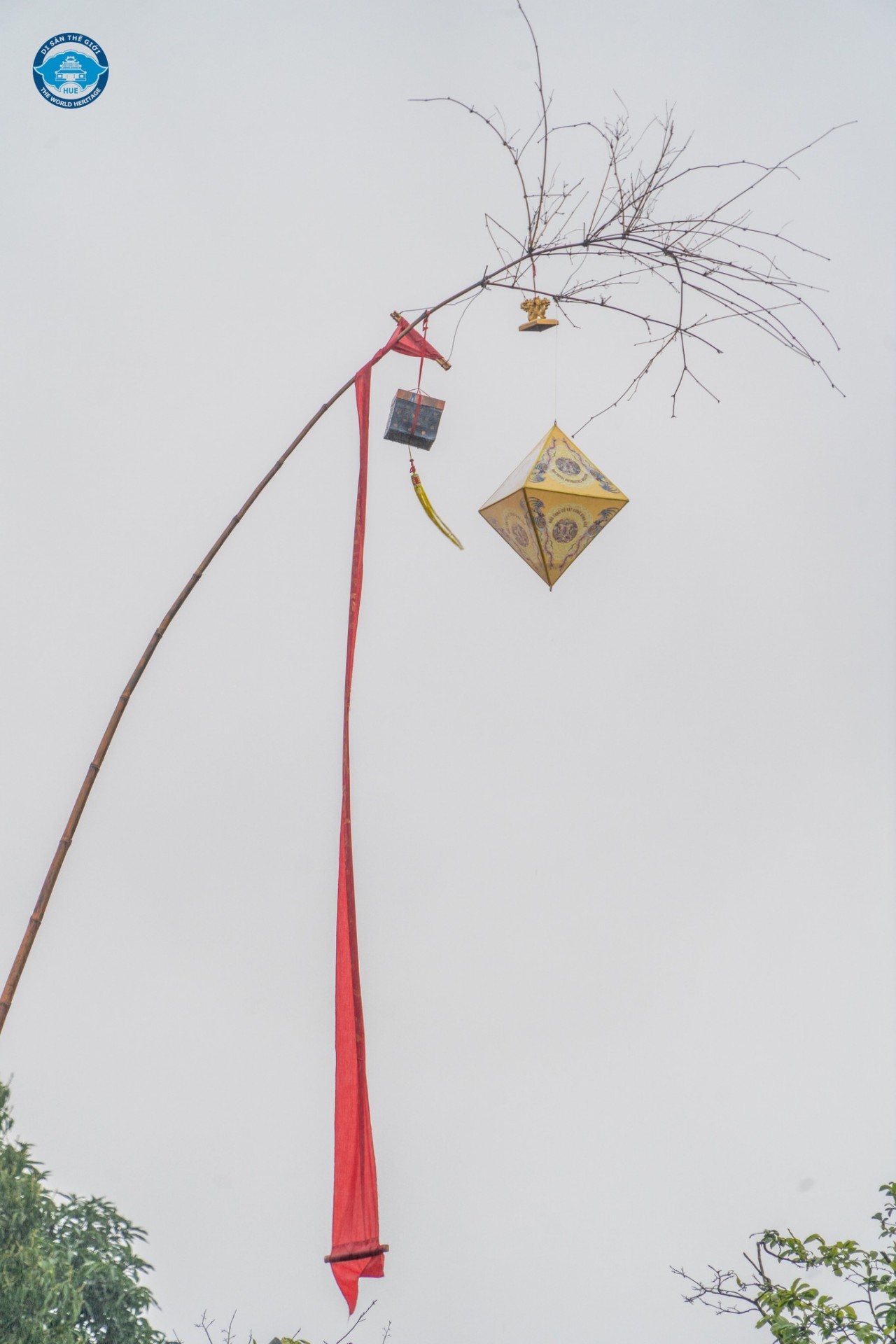Archeological excavation to be carried out at Palace of Nguyen dynasty
| Blooming lotus flowers color the charming city of Hue | |
| Hue to seek UNESCO recognition for nine dynastic urns | |
| Elections demonstrate Vietnamese people's strength: top legislator |
The Ministry of Culture, Sports, and Tourism has allowed the Center for Conservation of Hue Monuments to carry out archeological excavation at the Thai Hoa Palace.
The Center is responsible for managing Hue Monuments Complex, Nhã nhạc (Hue Court Music)- the Representative Intangible Cultural Heritage of Humanity, and the attached historical landscape.
The excavation will provide data for the scientific profile used as the basis for the restoration of the Thai Hoa Palace relics.
The excavation will last for 15 days starting June 5 until June 20, at the two lean-tos of the Thai Hoa Palace, covering an area of 66 square meters.
The excavation will be led by Le Thi An Hoa, head of the Department of Scientific Research under the Center for Conservation of Hue Monuments.
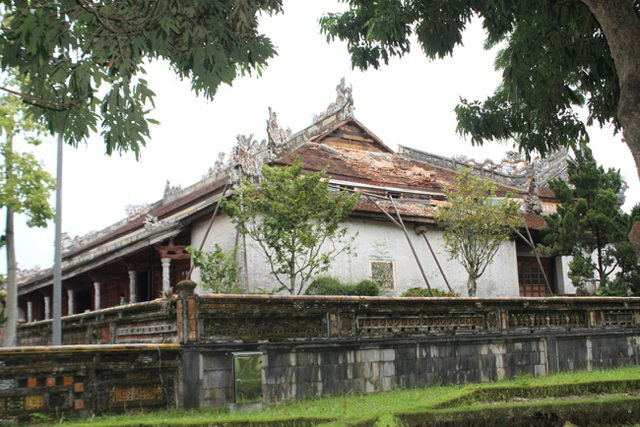 |
| Photo: A part of Thai Hoa Palace / Dantri |
The lean-tos of the Thai Hoa Palace will be excavated to assess their current conditions, providing scientific data to identify solutions for restoring Hue’s Royal Palace.
The Ministry recommended the Center for Conservation of Hue Monuments to protect the Palace’s stratigraphy (the soil layers of archeological deposits) and raise public awareness about protecting the cultural heritage during the excavation period.
The Ministry ordered that the artifacts collected must be kept temporarily at the Hue Royal Antiquities Museum for preservation.
The Center for Conservation of Hue Monuments must report to the Ministry the solutions to protect and promote the values of these artifacts, based on the assessment of their conditions.
Thai Hoa Palace was built in 1805 during the reign of King Gia Long, the first emperor of the Nguyen dynasty. Adopting the style of “double houses built on one foundation” (trùng thiềm điệp ốc), it was considered the pinnacle of imperial architecture under the last royal family of Vietnam.
Thai Hoa Palace was the venue for important ceremonies such as the Coronation ceremony, the royal Birthday Anniversary, official meetings with ambassadors, and the Grand Audience ceremony.
Importantly, it housed the Golden Throne of the 13 rulers of the Nguyen Dynasty.
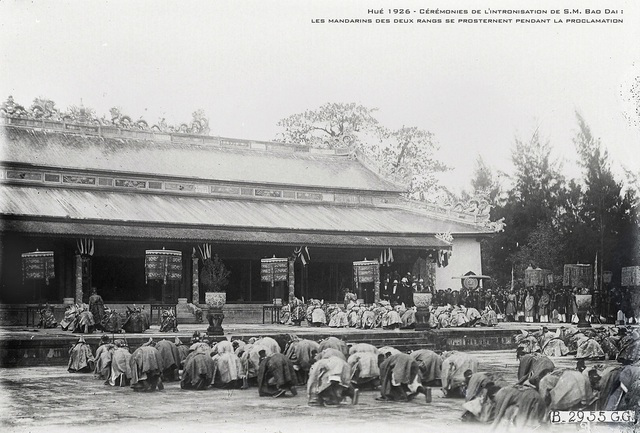 |
| Photo: Mandarins knelt before the Emperor during the Grand Audience Ceremony in 1926 / The Center for Conservation of Hue Monuments |
Over the past 200 years, the Palace’s conditions have deteriorated seriously. Some wooden components have been rotted. Recently, a part of the Palace’s right tile roof was damaged during the Noul storm in 2020.
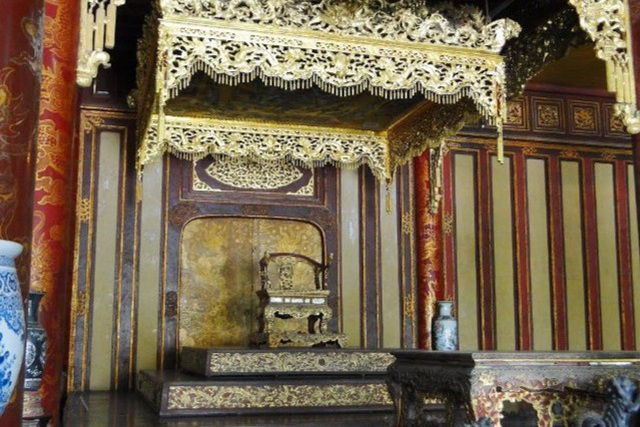 |
| Photo: Situating at the middle of Thai Hoa Palace is the Golden Throne of the 13 rulers of the Nguyen Dynasty, the last dynasty of Vietnam (1802 – 1945) / Dantri |
Thai Hoa Palace is one of the oldest, most important landmarks of Hue Imperial City. The proposal for renovating the Palace, budgeted at VND150 billion (US$6.5 million), has been approved by the Ministry of Culture, Sports and Tourism.
The renovation project will dismount and restore deteriorated roofs, assess the current state of and restore the red lacquered wooden components, reinforce the foundation, walls, and handrails, and replace the tiled walkways.
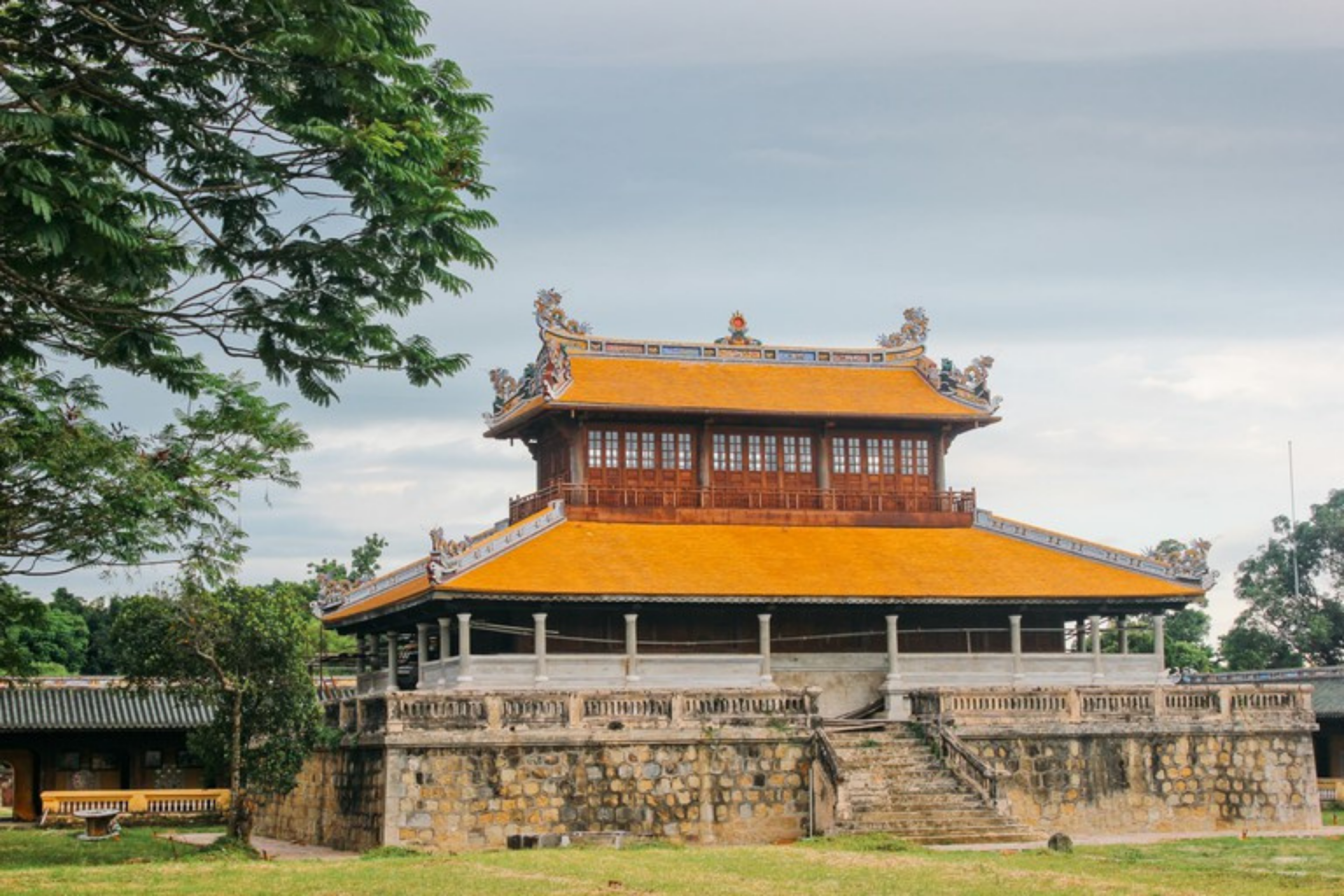 | The antique beatuty of Hue Citadel Constructions of the last reigns are often the most intact ruins of all emperors, and Hue Citadel is not exceptional. The citadel bears both the ... |
 | Public bicycle-sharing scheme to be piloted in Hue city An innovative Public Bike-Sharing (PBS) scheme was given the green light at a memorandum of understanding (MoU) signing ceremony in Hue city on April 27. |
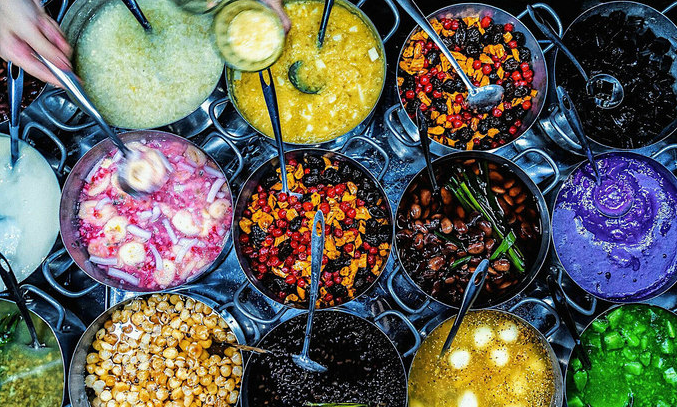 | Hue cuisine seeks UNESCO recognition as intangible cultural heritage Authorities in Thua Thien-Hue Province, home to ancient town Hue, plan to seek UNESCO intangible cultural heritage recognition for its cuisine. |
Recommended
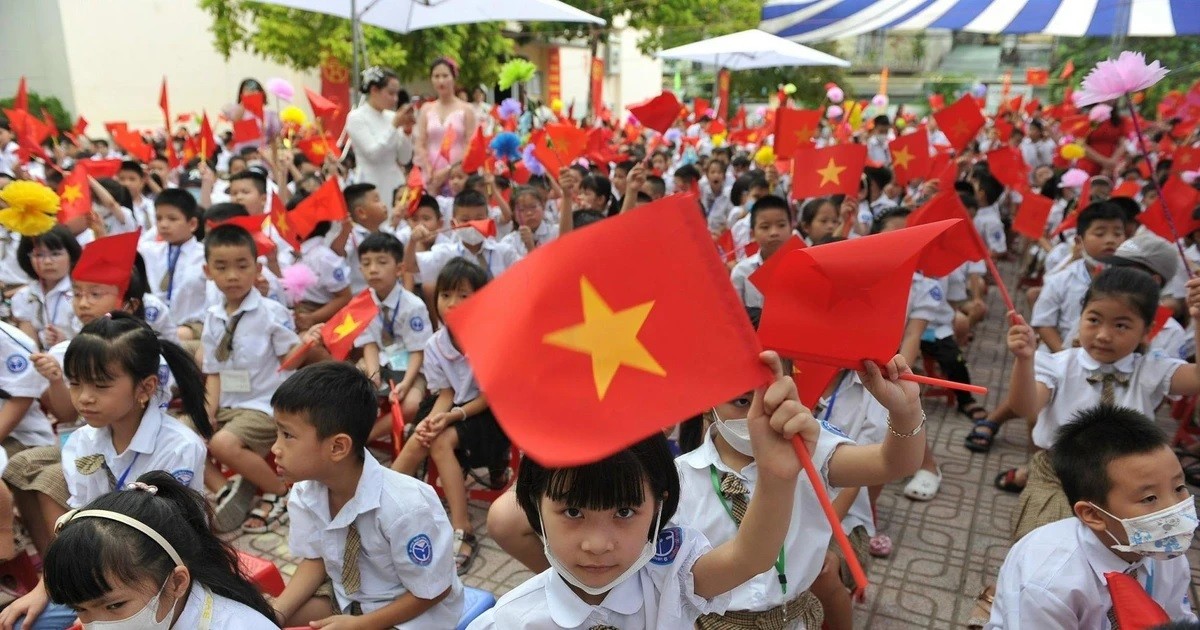 Viet's Home
Viet's Home
Vietnam's Human Development Index Remains High
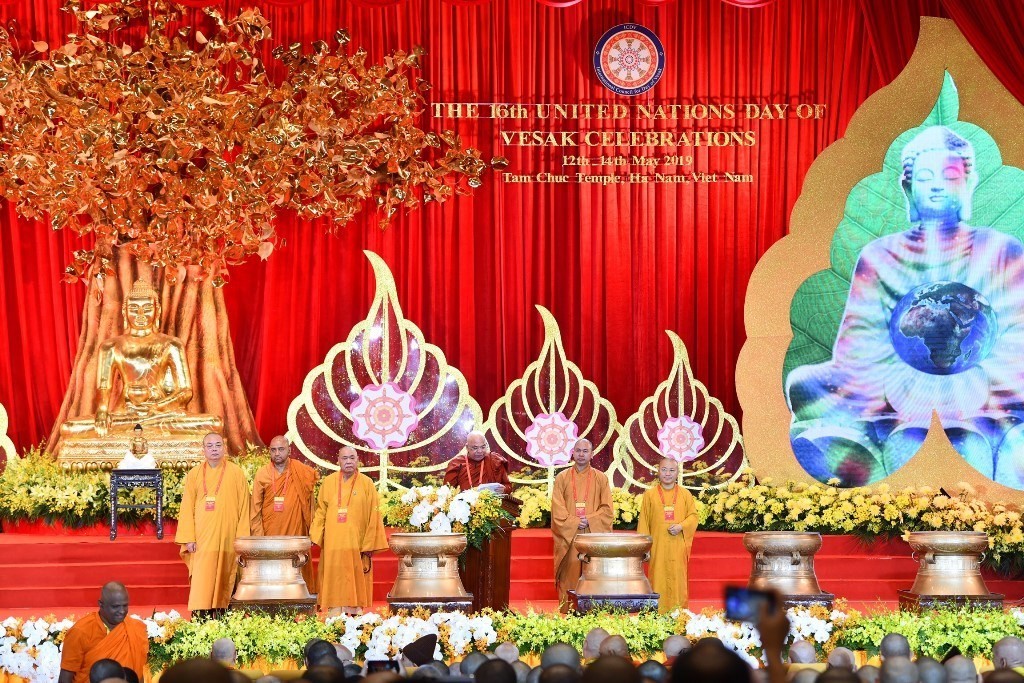 Viet's Home
Viet's Home
Vietnam’s Mark on UN Day of Vesak Celebrations
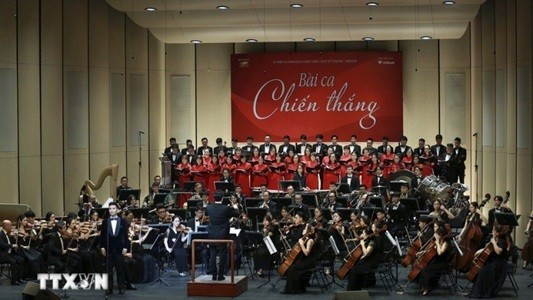 Viet's Home
Viet's Home
Art Program Spreads Message of Peace Worldwide
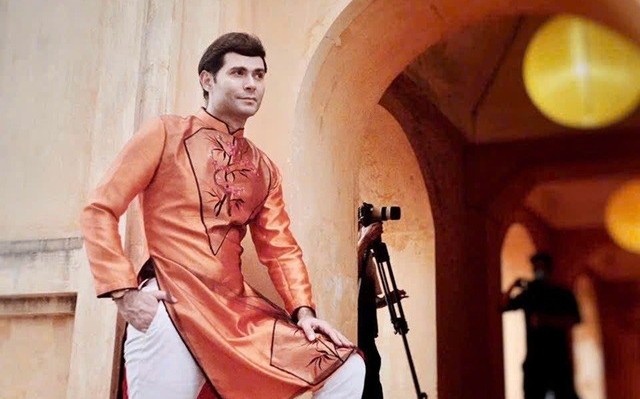 Expats in Vietnam
Expats in Vietnam
Look Forward to New Developments in Vietnam - US Relations
Popular article
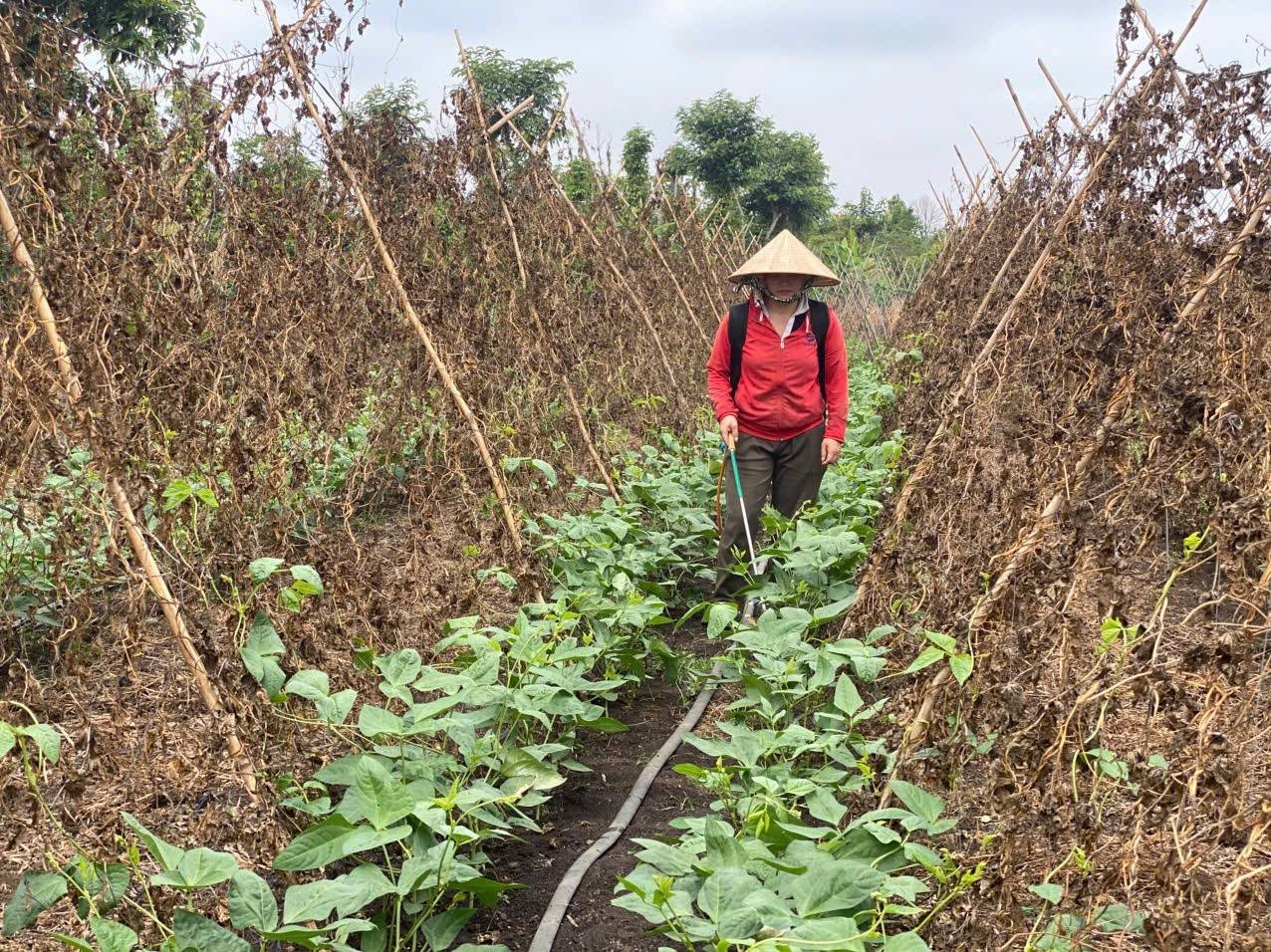 Viet's Home
Viet's Home
She Feeds the World: 8,000 Individuals Adopt More Sustainable Agricultural Practices
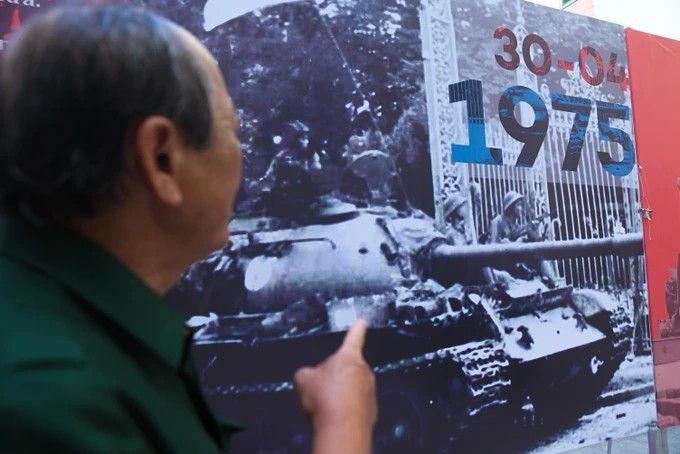 Viet's Home
Viet's Home
Over 200 Valuable Documents Displayed at 'Mountains and Rivers Connected One Strip' Exhibition
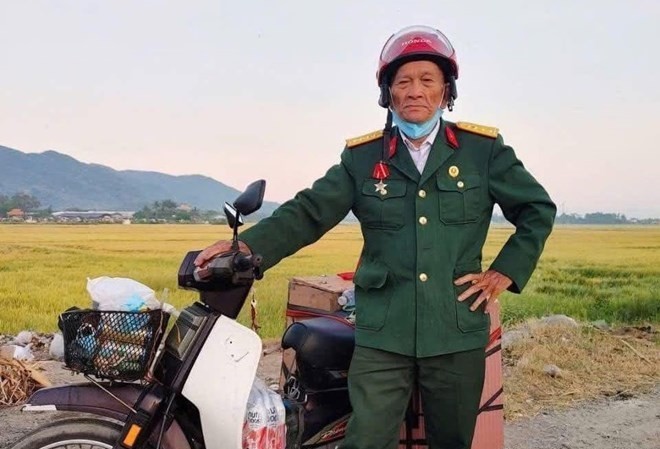 Viet's Home
Viet's Home
Latin American News Agency Prensa Latina Shares Story of Vietnamese Veteran’s 1,200km Journey Back to Former Battlefield
 Viet's Home
Viet's Home

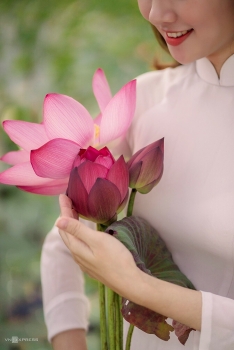

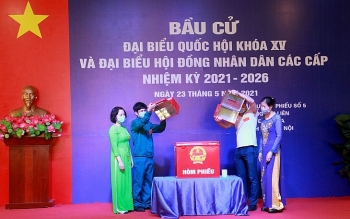



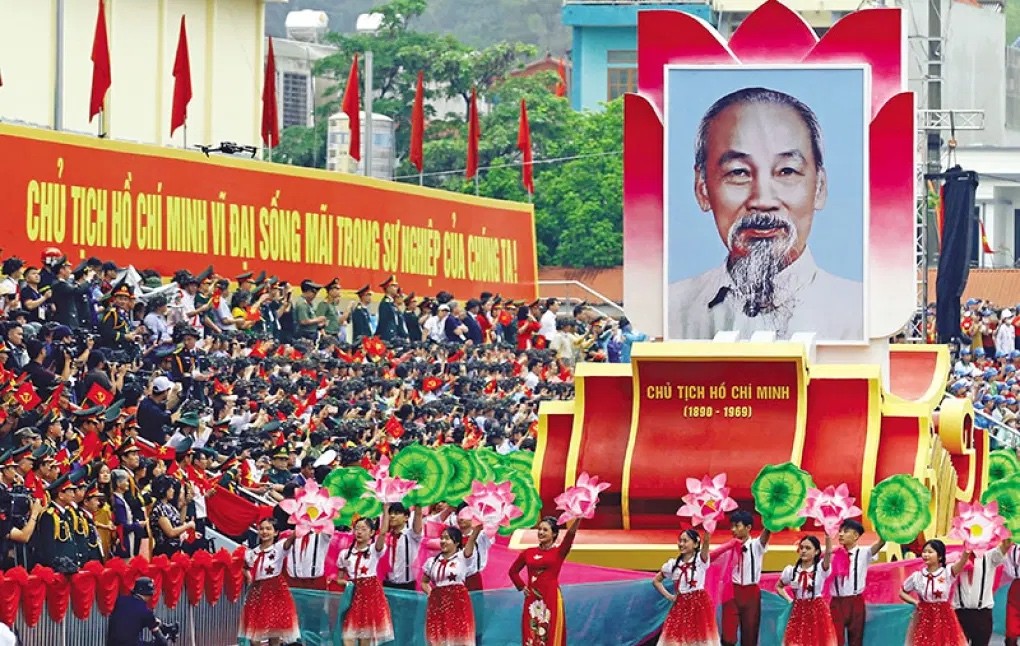
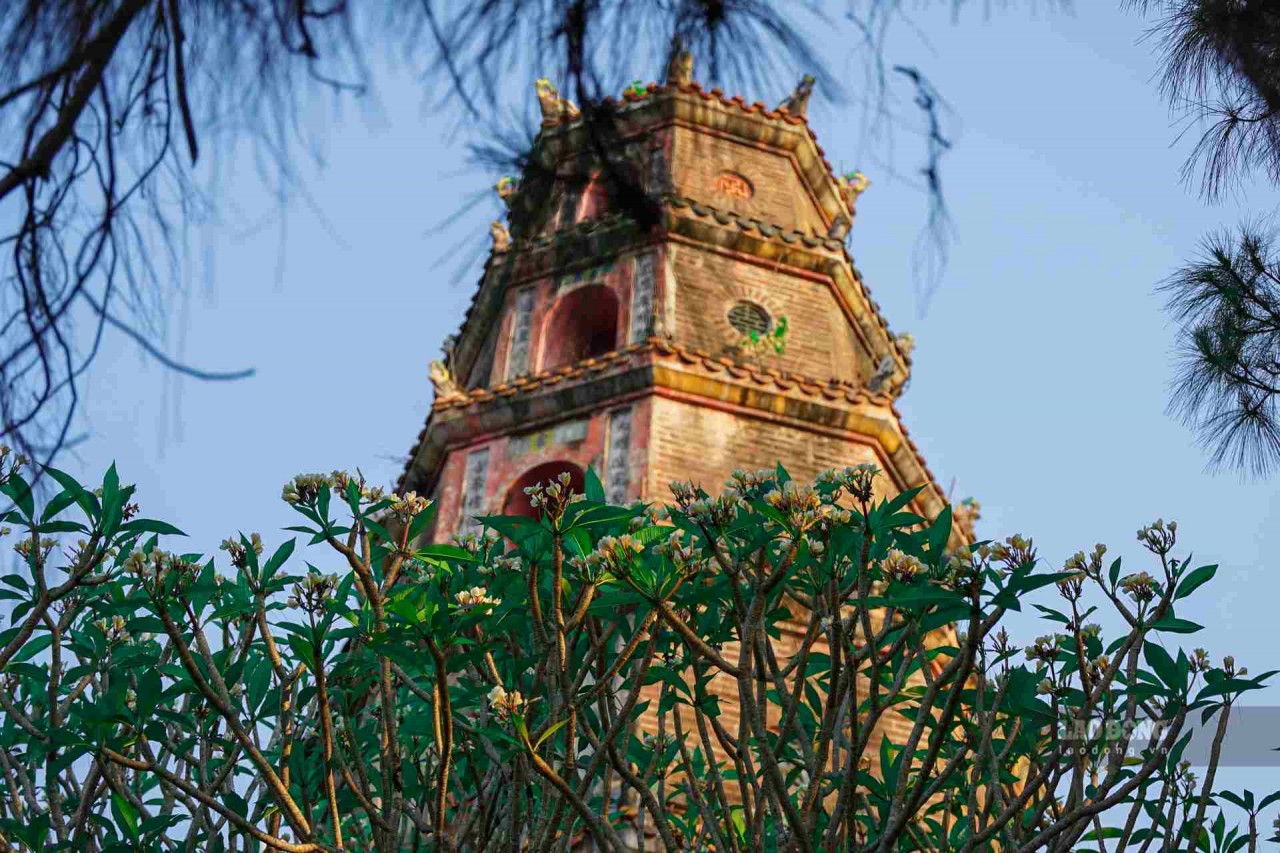
![[Photos] Glittering Light Show at Hue Imperial City’s Ngo Mon Gate](https://vietnamtimes.org.vn/stores/news_dataimages/2023/122023/13/13/glittering-light-show-at-hue-imperial-citys-ngo-mon-gate_2.jpg?rt=20231213130427)
